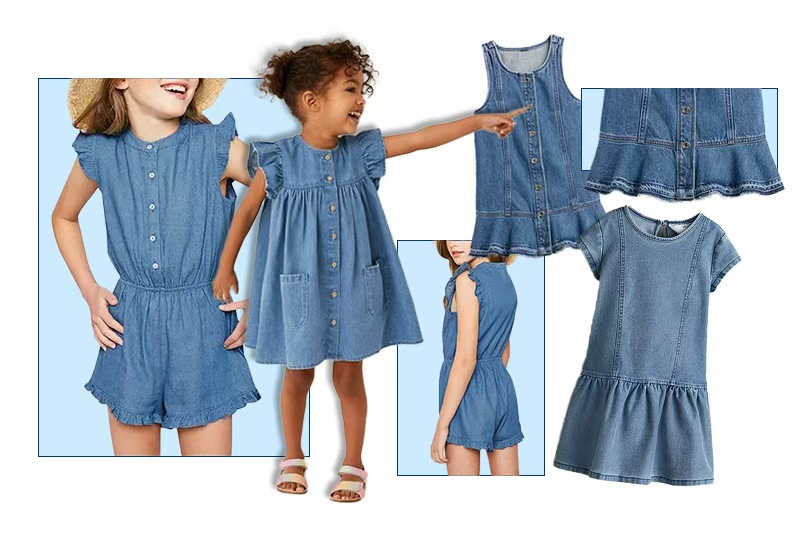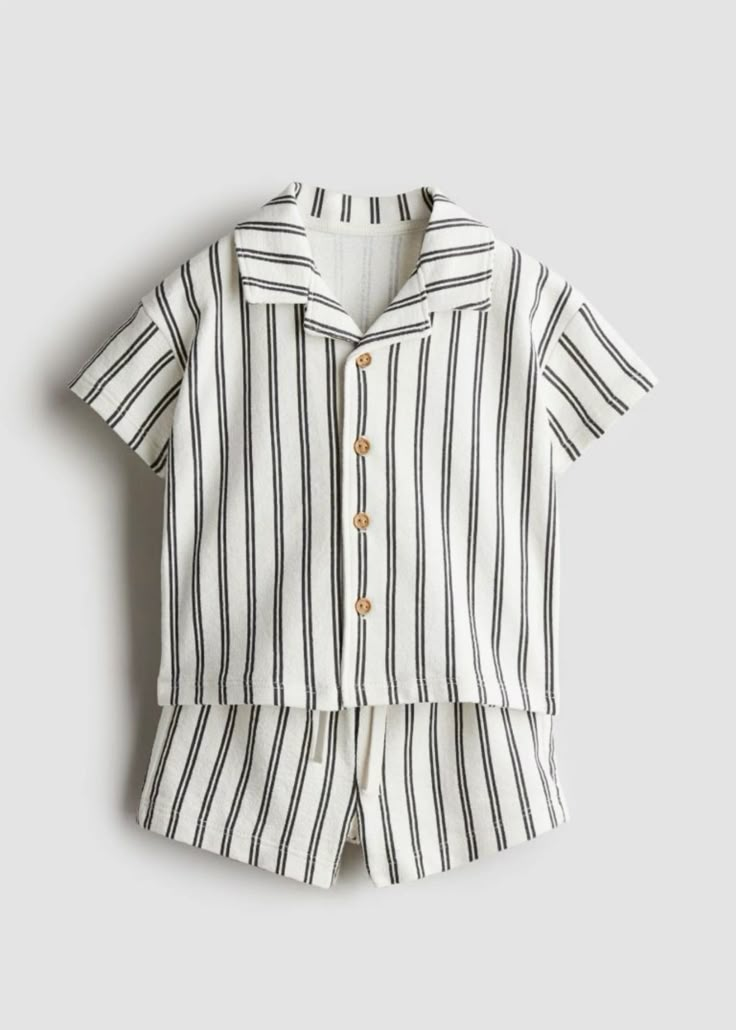Imagine this: You’re at a tradeshow, a potential buyer in front of you, asking, “Where does your cotton come from?” If you don’t have a clear answer, you’ve already lost the deal. Today, more than ever, knowing exactly where your raw materials come from isn’t just a bonus—it’s a must.
Raw material traceability is essential for ensuring product safety, maintaining consistent quality, and meeting increasing demands for ethical sourcing. By tracing materials back to the original source, suppliers can verify compliance with health, labor, and environmental standards. This not only minimizes risks of harmful chemicals or forced labor but also builds trust with buyers seeking transparency and accountability.
It’s not just about fabric. It’s about the story behind the fabric—and whether it holds up under scrutiny.
How does raw material traceability ensure product safety and quality for consumers?
When I started working in textiles, I didn’t think much about where a fabric began. I cared if it looked good, felt soft, and passed basic inspections. But then came a return order—kids’ T-shirts that caused rashes. The root cause? The cotton had been treated with unregulated pesticides in a farm halfway across the globe.
Traceability ensures product safety by identifying every step a raw material takes—from farm to fabric. This allows suppliers to screen for unsafe practices like chemical contamination, poor storage, or illegal treatments. It helps maintain consistent quality and gives brands the ability to back their “safe for kids” claims with real proof.
When it comes to children’s clothing, the stakes are high. Parents trust that what touches their baby’s skin is clean and harmless. Without traceability, you’re basically guessing—and hoping for the best.
The Journey of a Fabric: Why It Matters
Let’s break it down.
| Traceability Element | Why It Matters for Kidswear |
|---|---|
| Farming practices | Pesticides and soil treatment affect fabric safety |
| Yarn processing | Poor-quality spinning = itchy, weak fabric |
| Dye & finishing chemicals | Toxic residues can cause allergies |
| Shipping & storage | Moisture/mildew can impact hygiene |
When you trace all these steps, you catch the weak links before they reach your buyer’s warehouse.
Why do ethical brands demand transparency from their suppliers?
Ethical brands aren’t just selling products—they’re selling trust. And trust can’t exist without clarity.
Ethical brands demand raw material traceability because it helps them verify that no forced labor, child labor, or environmental harm is hidden in the supply chain. Suppliers who can prove transparency are more likely to become long-term partners with these brands.
I’ve seen it firsthand. We had a European brand interested in a large order—but they walked away when our competitor couldn’t provide a clear sourcing map for the cotton. “If they can’t show it,” the buyer said, “they’re probably hiding something.”
Can suppliers build stronger customer trust by tracing their materials back to the source?
Absolutely. In fact, trust grows when you show that you care enough to do the hard work of tracing your supply chain.
By tracing materials to their source, suppliers demonstrate responsibility, reduce uncertainty for buyers, and increase credibility. This builds stronger partnerships and helps attract quality-focused, brand-conscious customers who care about more than just price.
It’s like this: when a buyer sees your sourcing transparency, they don’t just see data—they see reliability. That’s what earns repeat orders.
What role does traceability play in meeting environmental and labor standards?
We all know the industry has its darker sides—polluted rivers, overworked farmers, factories without windows. And guess what? Buyers know it too.
Traceability allows suppliers to ensure their raw materials meet recognized environmental and labor standards such as GOTS, OEKO-TEX, or Fair Trade. By knowing exactly where materials come from and how they were produced, suppliers can avoid illegal labor, reduce emissions, and document sustainable practices.
This matters more in regions like North America and Europe, where importers are under growing pressure to verify their supply chains. No traceability = no compliance.
How can knowing the origin of materials help suppliers manage risks and reputational damage?
Here’s the harsh truth: One bad news article, and a brand can collapse. A single unethical supplier can ruin years of reputation. But if you can trace your materials? You can defend yourself.
Suppliers who track the origin of raw materials are better equipped to respond quickly to recalls, policy changes, or negative press. Traceability provides the documentation and insight needed to prove compliance and take corrective action, protecting both brand image and customer relationships.
I've worked with buyers who came back because we could show them the farm, the mill, and the dye house in one simple document. That kind of clarity becomes a safety net.
Conclusion
Traceability isn’t a trend—it’s the foundation of trust, safety, and long-term success. In kidswear especially, it shows you're not just selling fabric—you’re standing behind every thread.



